Do It Again World Clip Art
When I was growing up, information technology was a pretty big bargain to accept a reckoner with an operating organization other than DOS. If you lot had an Apple tree, or even a calculator with Windows, your house was the place to be. Not only were you likely to take the coolest games, but besides, y'all probably had access to prune art libraries, which made for hours of entertainment -- for me, at least. Today, it'southward hard to imagine a globe where you can't procure an image just past searching for information technology online. When I was in schoolhouse, the only manner to include a picture in a book report, for example, was with plenty luck to observe what I was looking for in a magazine. Clip art opened up a whole new world of visuals for academic assignments -- not to mention, the newsletters that my childhood, future-author self liked to put together for fun. But today, prune art has become a bit of a thing of the past, at least since Microsoft retired its version in 2014. That'due south an of import distinction -- clip art isn't limited to Microsoft, and really had several predecessors before it found its way into the likes of Word and PowerPoint. And mayhap its retirement was for the best -- when I think back to some of its more than popular images, they would look positively antiquated today. But where did clip art come up from, anyway? Today, we're honoring its legacy with a trip through time. It all began with the idea to create a digital library of images. That was fabricated possible by a program called VCN ExecuVision, a presentation program created in 1983 for IBM personal computers. Think of it equally a primitive version of PowerPoint. But the $400 software didn't come up with these paradigm libraries -- instead, they were bachelor on separate floppy disks that had to be purchased for $ninety each. But despite this seemingly trailblazing effort on behalf of IBM, it was really Apple who may have emerged as a leader in the digital image space, at to the lowest degree around the early-to-mid 1980s. That's partially due to the 1984 development of MacPaint, which was released alongside Apple tree'southward word processing programme, MacWrite. As the story goes, they were the simply 2 applications pre-installed on this historic Macintosh 128K. But what made MacPaint and then important was its role as the first plan that allowed users to dispense bitmap images: The "simple line art," according to The Atlantic, that comprised "early electronic prune art." Not long after that, nevertheless, the T/Maker Visitor collaborated with Apple to develop another word processing program, WriteNow. While it's non clear if that particular program came equipped with its own image library, the same visitor began producing and selling groups of bitmap images nether a new name: ClickArt. Past the mid-1990s, T/Maker was the largest benefactor of unlicensed images, with a library of roughly half a million in 1995. Microsoft took annotation of ClickArt's success, and thought to eliminate the extra step of having to install additional software to admission artwork. So in 1996, Microsoft Word half dozen.0 came equipped with 82 clip art images -- a miniscule amount compared to the 120,515 files available on openclipart.org today. And all the same, Microsoft became the make virtually strongly identified with the idea of clip art, despite its predecessors having laid much of the groundwork. That could be because its in-app nature -- across the entire Microsoft Office Suite -- made adding fine art to documents and presentations a groundbreakingly seamless process. By August 2000, at least 41% of U.South. households had computers with internet access, indicating that people were using it more and more than for consuming information and media. And like so many other things -- books, for i -- clip art was becoming available for purchase online via sites like clipart.com, which is still in existence, but today looks a chip different than its 1996 counterpart above. And while clip art isn't exactly one of those things that we think of as having suffered "death by download" -- like books, music, and movies -- the ability to procure images online made something similar Microsoft's in-app feature obsolete. In December 2014, Microsoft announced that it would be doing away with any in-app art libraries. "The Function.com Clip Fine art and image library has closed shop," the argument read. Instead, users would now take to use either images from their ain devices, or those found through Bing Epitome Search, where they're now automatically sent when searching for art within Microsoft apps -- step-by-step directions can be found here. The declaration, for many, read as the end of an era. What would become of cartoonish images of urban landscapes, or out-of-engagement business organisation travelers with flip phones? As it turns out, if that'due south what you're looking for, you might exist in luck. For those who need a fix of this kind of former-schoolhouse imagery, non all hope is lost. At that place are notwithstanding enough of resource out there to find these pictures, including the aforementioned sites openclipart.org andclipart.com. Plus, every bit The Atlantic and so astutely points out, if yous search Bing images for "clip art," yous might observe some of those fittingly nostalgic results: And perhaps this version of clip fine art isn't really gone for skilful -- after all, NPR once noted Microsoft's penchant for revitalizing its older pieces of technology, like Clippy. In whatsoever example, prune art has certainly taken many forms over the years -- and nosotros're curious to see what shape, if any, it takes in the future. Which clip art images brand you the most nostalgic? Permit us know in the comments. 

The History of Clip Art
The 1980s
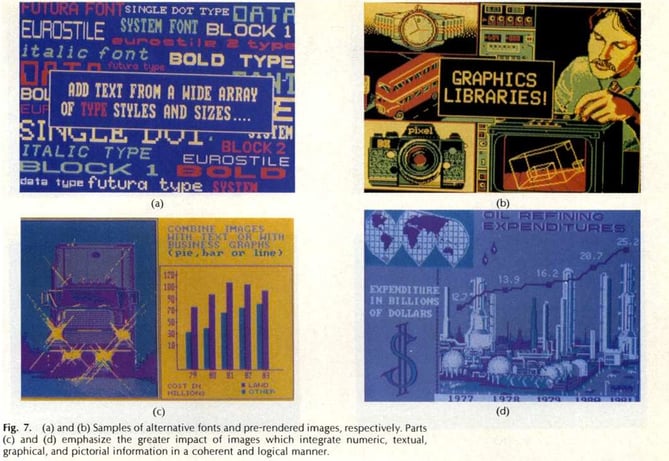
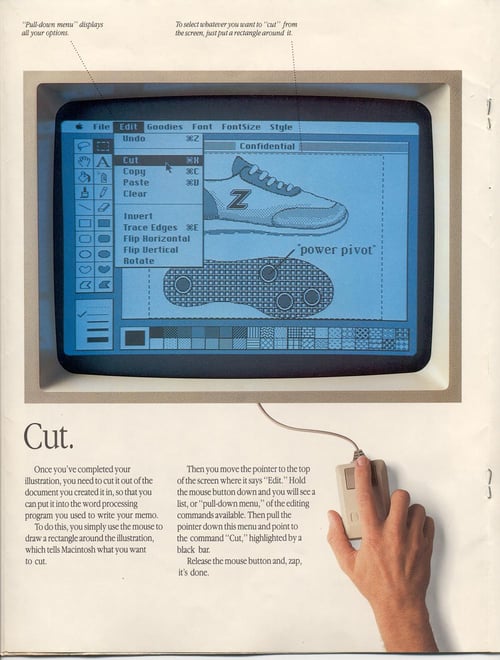
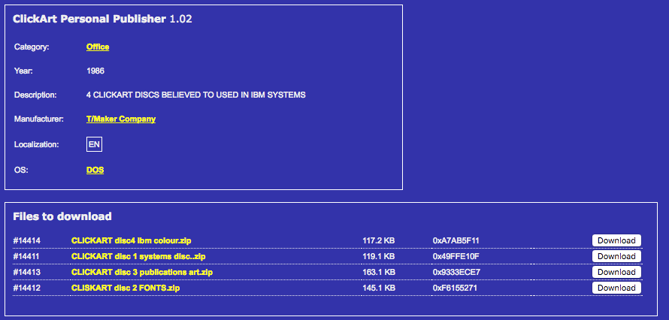
The 1990s
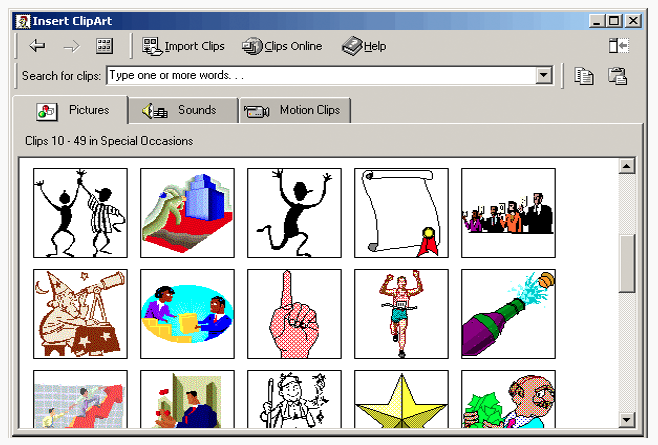
The Early 2000s
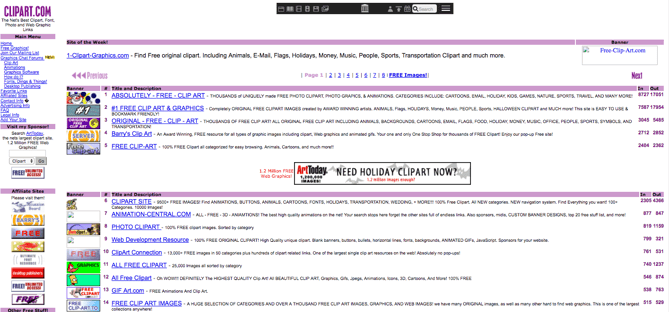

Clip Fine art's (Semi) Retirement
Clip Fine art in 2017 and Across
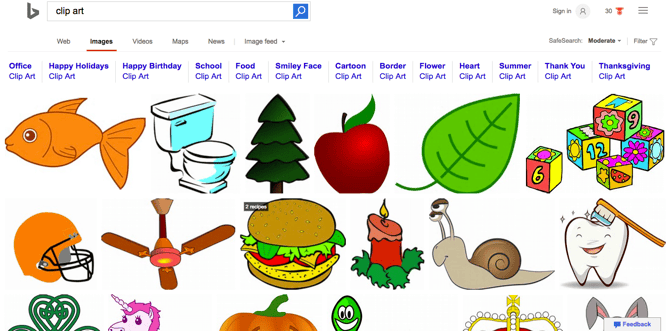


Originally published April 12, 2017 vi:00:00 AM, updated August 27 2017
cranwellhincture1985.blogspot.com
Source: https://blog.hubspot.com/marketing/clip-art-history